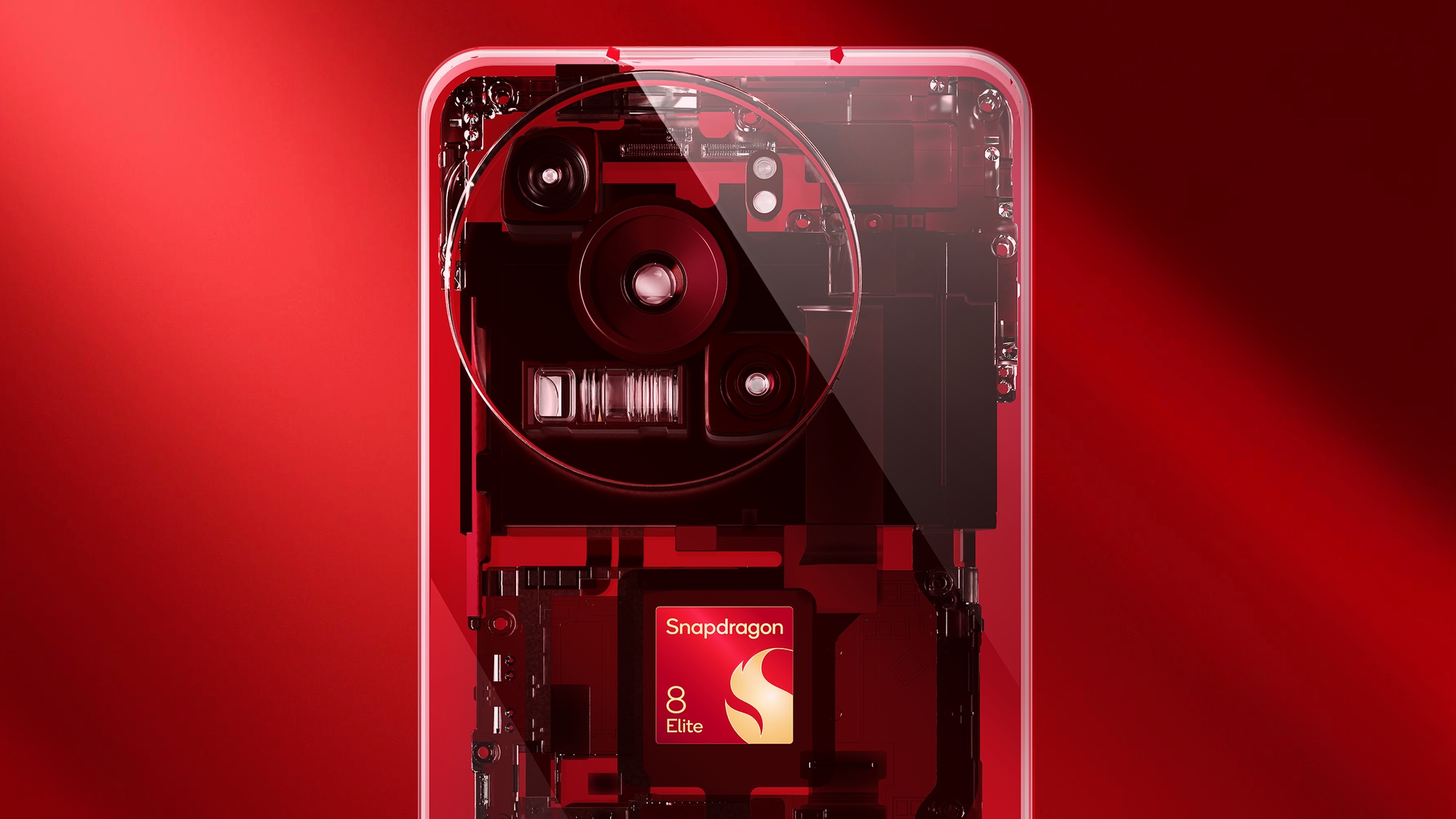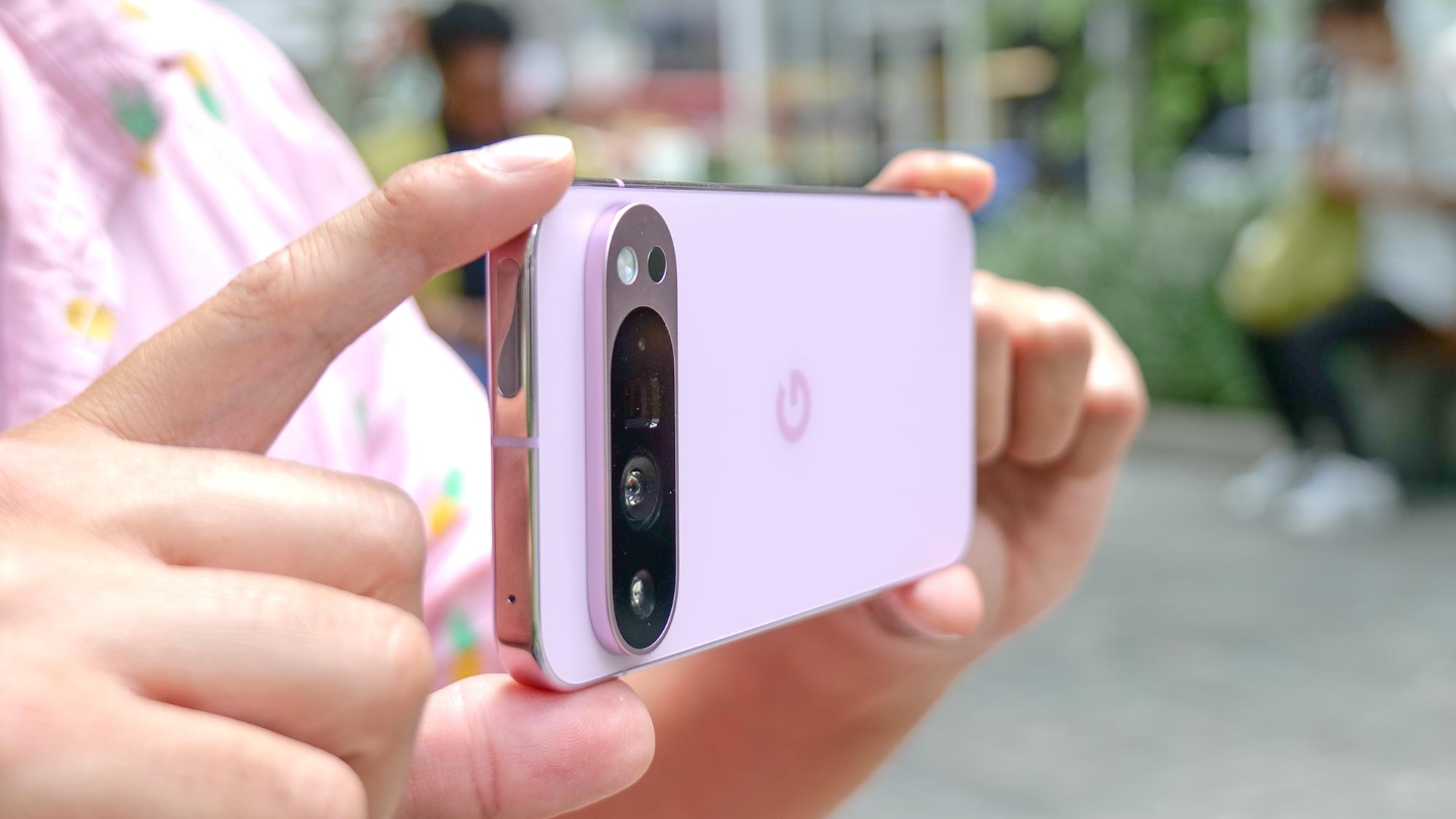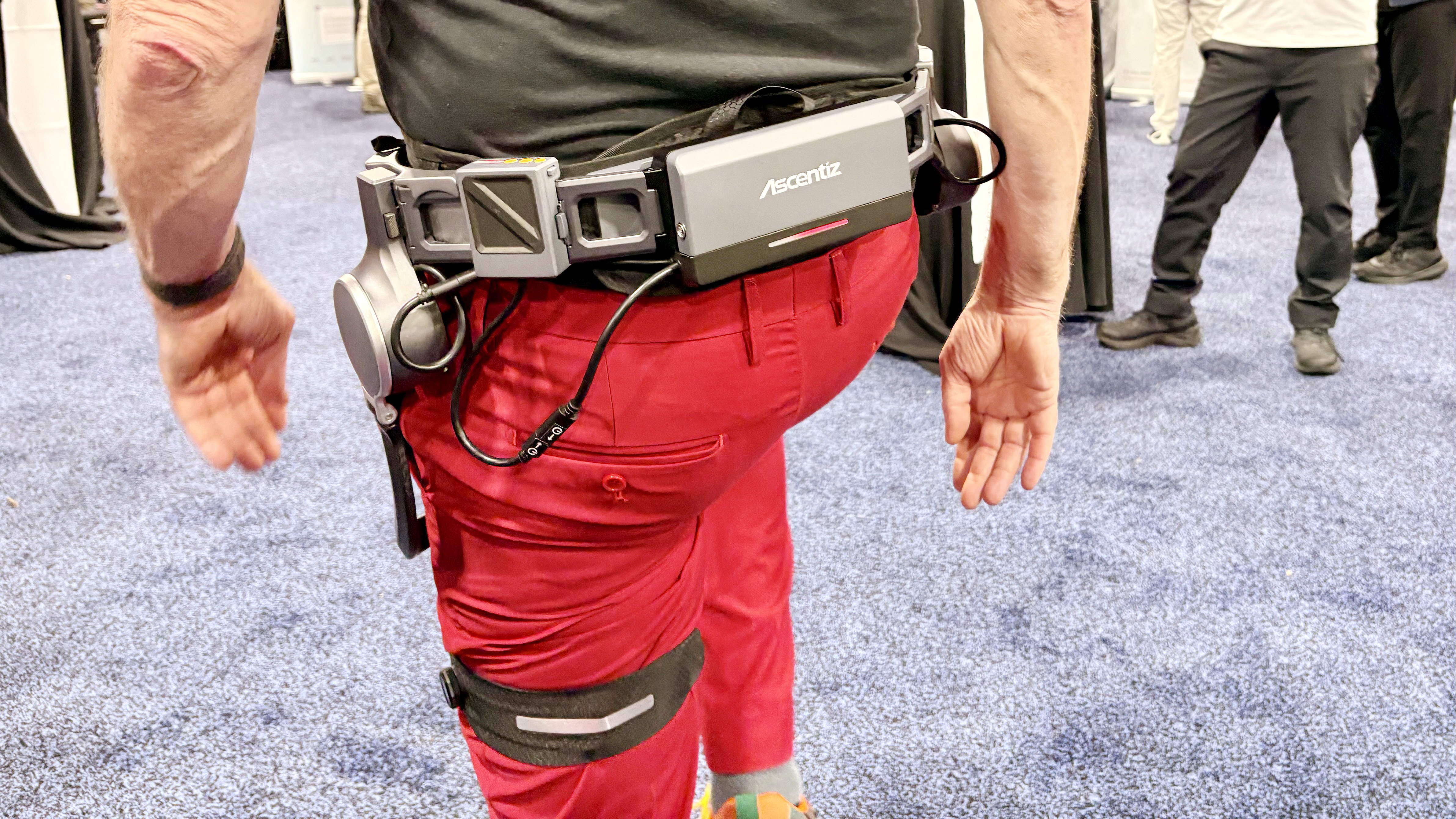Forget iPhone 17 Pro Max — Snapdragon 8 Elite could beat Apple with the one feature I've been waiting for
I've been asking for this video camera feature for years

I shoot a lot of videos. I’m not just referring to the short bits I’d share on social media, but the ones I shoot professionally. Usually I rely on my trusty Panasonic Lumix S5 for all the heavy lifting, but I often come to use some of the best camera phones as backup or b-roll cams to supplement my footage.
With the announcement of the Snapdragon 8 Elite Mobile Platform, it finally could bring the one video camera feature I’ve been asking for — and the iPhone 17 Pro Max better be worried.
Qualcomm’s latest flagship chipset is now official, but thankfully it won’t be long before we see Android phones that have them. In fact, the Asus ROG Phone 9 series is one of the first phones to feature the new silicon that’s based on the company’s 3nm manufacturing process. And the Galaxy S25 Ultra and OnePlus 13 are also on the way.
While the Snapdragon 8 Elite should be a beast when it comes to all the stuff we do on our phones, I’m most interested in how the chip enhances the camera recording abilities of future phones.
Namely, I’ve been asking for the ability to record video not from just one single camera — but from all of them simultaneously. As a videographer, I cannot tell you how a feature like this can come in handy in the editing room, so I’m really eager to see this come to fruition.
A game changer for video

The iPhone 16 Pro and 16 Pro Max certainly brought new features that I love, like Audio Mix to enhance the audio of the video recording and the ability to now shoot at 4K 120fps. Interestingly enough, you can actually record video simultaneously on an iPhone using a third party app like DoubleTake. However, I’ve found it to be buggy and recording is limited to only two cameras.
With the Snapdragon 8 Elite Mobile Platform, Android phones could have an extra leg up over iPhones by offering this ability to record from three 48MP sensors simultaneously at 30 fps. This is a big deal because there’s a lot of data in just one single 4K video source, let alone having to deal with three. By offering such a feature, this would give me the extra utility in the editing room to play around with the footage.
Get instant access to breaking news, the hottest reviews, great deals and helpful tips.
For interview style clips, I can appreciate how having three separate video files from a phone’s main, ultrawide, and telephoto cameras could be beneficial later on. In one sequence, I can use the footage from the main camera — and then switch to the telephoto feed if they have something interesting to say.
The average person might not be inclined to record video on three cameras simultaneously, but given how Apple likes to paint the iPhone 16 Pro as a film maker’s camera, this is the sort of advanced feature I like to see come to more phones.
More practical applications for this

I know how I could effectively use this Snapdragon 8 Elite feature with my workflow, but I bet you’re wondering about some other practical applications for this feature. Short form video is king. TikTok and Instagram have proven this innumerable times, but I think this ability to record video from three cameras could be handy.
For starters, it could be the sort of thing that could allow people to not worry about which camera to select prior to recording. I know this has happened to me many times, like leaning on the main camera instead of the ultrawide to capture a shot — only to realize in the middle of it that I’m cutting some things out from the recording.
With phones powered by the Snapdragon 8 Elite, recording from three cameras could be the default option. Once they’re done recording, they can go back to preview the footage and select only the video they want — so if there’s a moment when the ultra wide shot makes more sense to use — they can swap it in place to make the video appear more seamless.
All of this makes for a shoot-now-worry-later experience that I can see more people adopting. Regardless, it's this kind of convenience that will allow video camera shooters to get the most out of their device without having to think much on the logistics of shooting. Meanwhile, Apple is going to need to keep a careful eye on what transpires over the next year because the iPhone 17 Pro Max will certainly need its own tricks to keep Apple's momentum of having the best camera phone around.
More from Tom's Guide
- Google Meet just added pronoun support — here’s how to change yours
- Apple Intelligence release date imminent as iOS 18.1 release version goes live
- Google Gemini — 5 tips to get better results with your prompts

John’s a senior editor covering phones for Tom’s Guide. He’s no stranger in this area having covered mobile phones and gadgets since 2008 when he started his career. On top of his editor duties, he’s a seasoned videographer being in front and behind the camera producing YouTube videos. Previously, he held editor roles with PhoneArena, Android Authority, Digital Trends, and SPY. Outside of tech, he enjoys producing mini documentaries and fun social clips for small businesses, enjoying the beach life at the Jersey Shore, and recently becoming a first time homeowner.
